#September2015Sales
Honda HR-V Outsells Fit By Four-To-One, But Why?
During the first three months of Honda HR-V availability, U.S. sales of the Honda Fit jumped 25 percent.
Yet as the public’s HR-V awareness increased – and sales of the Fit-based subcompact CUV decreased due to supply constraints – Fit sales fell through the floor in August and September of 2015. August sales of the Fit were cut in half; September Fit volume plunged 81 percent, falling 5,349 units from what was a 41-month high in September 2014 to only 1,279 sales in September 2015.
U.S. HR-V sales in September were nearly four times stronger than Fit sales, an astonishing figure for a number of reasons.
Ain't Nobody Buying The Volvo S60 Cross Country
Sometimes you get it right. Sometimes you get it wrong. And sometimes you get it so wrong we all figure you were just playing a practical joke.
Launched just after the arrival of Volvo’s hugely anticipated second-generation XC90, Volvo’s S60 Cross Country is a Swedish/Chinese take on the failed Subaru Legacy Outback SUS. 17 years later.
Elevated wagons can be successful. Just look at the outrageous success of the Subaru Outback or the staying power of Volvo’s own XC70. Elevated sedans? Consumers aren’t really into the concept. Thus, after selling 50 copies of the S60 Cross Country in its abbreviated launch month of August, Volvo USA sold only 29 S60 Cross Countrys in September, one for every 1.7 states in the union.
That’s not a lot, a fact made all the more clear when you consider that Volvo sold 1,182 copies of the XC90 in September alone. Because sometimes you get it right.
September 2015 Fact Sheet: The Numbers You Didn't Know That You Need To Know
September 2015 was a massive month for the U.S. auto industry, as the SAAR (seasonally adjusted annual rate) shot past 18 million sales and year-over-year volume jumped 16 percent. The auto industry marked the end of the third quarter having produced five-percent growth compared with the same period one year ago, making possible the idea that American consumers, businesses, and governments will purchase and lease more than 17 million new vehicles in 2015 for the first time in 14 years.
That’s the overall theme. These are some of the more interesting numbers which help make it so.
2,630 Non-Golf Golfs: Even before Volkswagen’s dirty diesel scandal, the majority of Golf hatchbacks (ignoring the SportWagen for the moment) sold in the United States aren’t even available with a diesel engine. The gas-only GTI, gas-only Golf R, and electric-only e-Golf generated 69 percent of total Golf hatchback sales in September.
GM Sold 124,000 More Pickup Trucks Than Ford In The First Three Quarters Of 2015
Not since 2009 has General Motors ended a calendar year with more total pickup truck sales than Ford. Moreover, not since 2009 have General Motors’ full-size pickup trucks, combined, outsold the Ford F-Series.
As GM’s current generation of pickup trucks overcame their slow start and GM added midsize pickup trucks to their fleet – and as Ford entered a transition phase between old F-150 and new aluminum-bodied F-150s – 2014’s results were close. Yet even in those circumstances, Ford Motor Company sold 1,000 more pickup trucks than General Motors in the United States last year.
2015 is very, very different. As Ford gradually ramped up F-150 availability for much of the year and as the clear-out of remaining last-gen models ended, total F-Series sales slid 2.4 percent through the first half of this year. Meanwhile, GM’s full-size twins are stealing market share, not just from the F-Series, but from the Ram P/U range, as well.
Volkswagen's 800,000 Sales Goal in US by 2018 is Definitely Toast
It was a lofty goal, a possibility at one point made believable by a sudden onslaught of seemingly indisputable evidence.
Volkswagen Of America determined that in 2018 the brand would generate 800,000 U.S. sales.
Indeed, between the industry’s doldrums in 2009 and 2012 the Volkswagen brand recorded a 104-percent improvement as U.S. auto sales rose by a far more modest 39 percent.
The task then seemed simple enough. After proving they could double their volume over the span of just three years, Volkswagen needed another doubling over the span that was twice as long. Which, it turns out, wasn’t to be so easy.
Jeep Is the Smiling Mask Hiding FCA's Frowny Face
Total Fiat Chrysler Automobiles volume is up six percent this year thanks to record sales at Jeep, FCA’s top-selling outlet. However, despite that wave of Jeep-directed affection in the U.S., sales at the company’s other brands have fallen two percent through the first nine months of 2015.
Even in September, an extraordinarily high-volume month for the U.S. auto industry, a month in which sales shot up 15 percent compared with the same period one year earlier, FCA’s non-Jeep marques posted only a modest one percent increase. Jeep’s 40 percent surge to more than 77,000 sales produced a 14 percent overall uptick for FCA’s U.S. operations, which includes Chrysler, Dodge, Jeep, and Ram plus Fiat and Alfa Romeo.
Scion Second-Fastest Growing Brand In September; New IA And IM Lead
The FR-S did not turn out to be Scion’s savior. Doubts regarding the ability of a conventional hatchback and a subcompact sedan — the brand’s first sedan — to rescue a brand that was built on unconventional cars have been expressed in many corners.
Yet with the arrival of those two cars, the iA and iM, Scion was the fastest-growing car brand in America in September 2015 and the second-fastest-growing brand overall.
Did Volkswagen USA Sales Really Increase In September? Sort Of
Twelve days after early reports revealed that Volkswagen Of America’s TDI Clean Diesels weren’t so clean after all, Volkswagen reported a one-percent U.S. sales increase for the month of September 2015, the month in which the emissions fraud was revealed.
But did Volkswagen’s U.S. volume truly rise? And if so, what kind of extra volume is generated by a one-percent uptick? Moreover, while Volkswagen trickled forward with just its fourth year-over-year U.S. monthly sales improvement in 2015, what was the rest of the auto industry accomplishing?



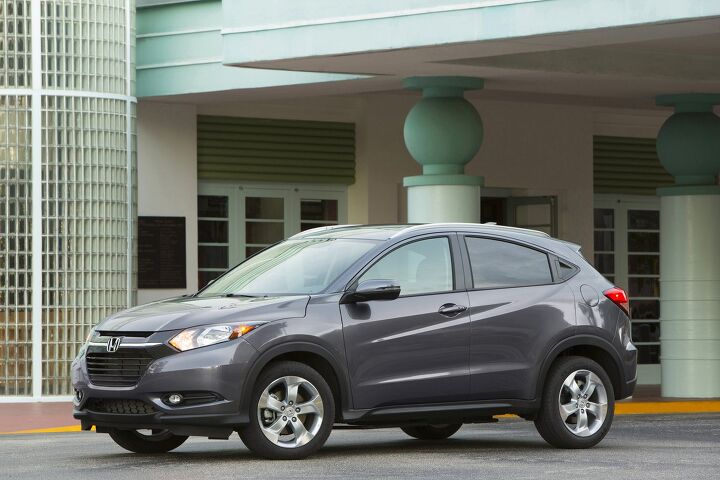
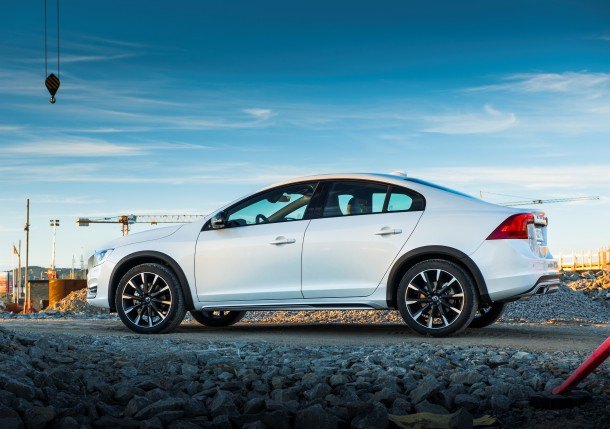

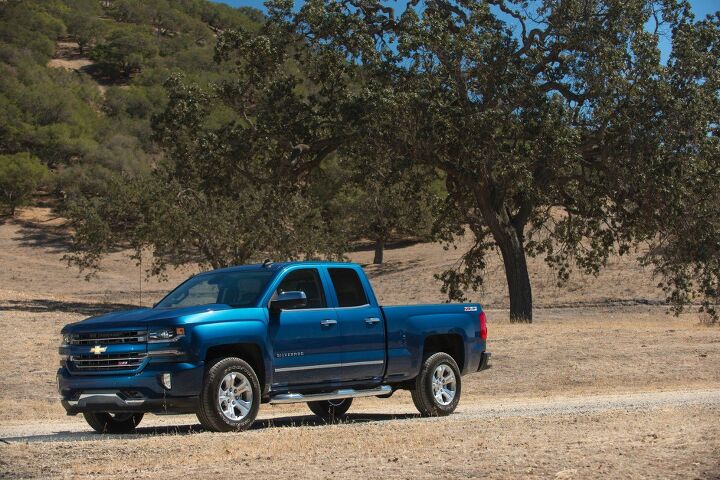
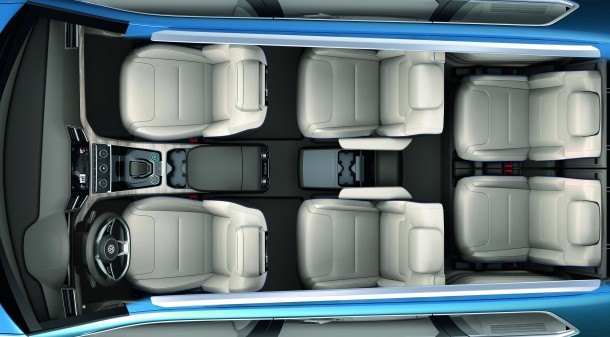
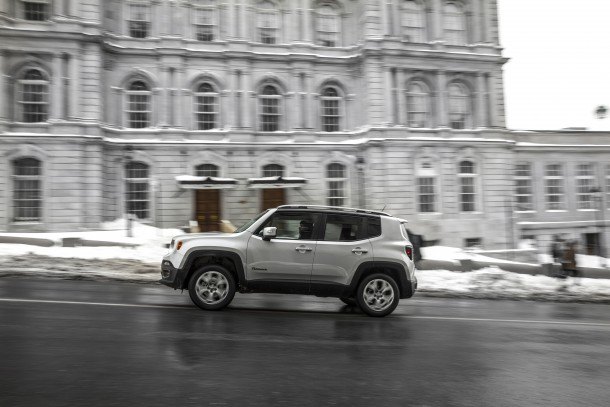

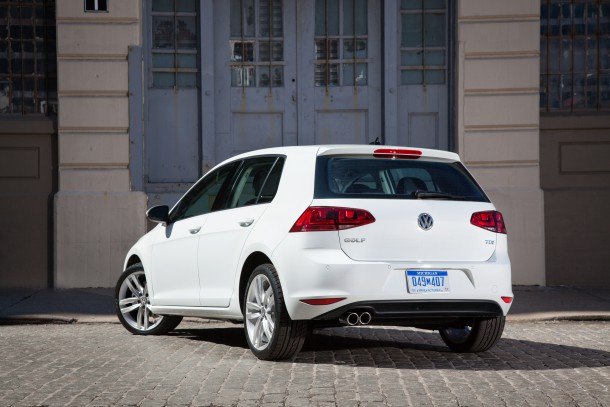












Recent Comments